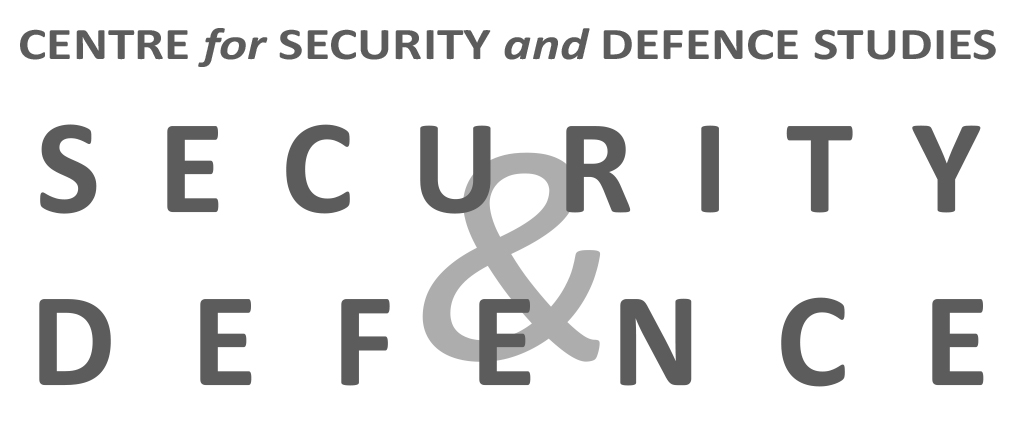
The so-called Twelve-Day War, launched in June 2025 with Operations Rising Lion and Midnight Hammer, has undeniably upset the strategic balance in the Middle East. Although the strikes directly targeted Iran’s nuclear infrastructure, their scope extended far beyond the strictly regional theatre. Midnight Hammer, in particular, was an act of pre-emptive neutralisation, a strategic signal to rivalling major powers and an attempt by the United States (US) to restore its credibility in the conventional field.
This Focus Paper aims to examine the genesis, unfolding and strategic implications of the aforementioned operations. Based on a reconstruction of the operational sequences, it revisits the debates surrounding the evaluation of the inflicted damage and its supposed effects on Iran’s nuclear programme. The multiple strategic interpretations of Midnight Hammer are then analysed in the light of various concepts from the theories on international relations and security studies. At the end of this analysis, a paradox emerges: by striking a state that does not yet have nuclear weapons, the US may have boosted the incentives for proliferation and precipitated Iran’s flight forward into an effective military nuclear capability.
Between imperatives of non-proliferation, the logic of coercion and the risks of a strategic backlash, Midnight Hammer illustrates the fragility of the balances in an international order marked by competition between major powers and the erosion of multilateral norms.
Research lines: Defence capabilities and technologies; Middle East and North Africa; Non-Arab Muslim World
Source image: B-2 Spirit taking off from Whiteman AFB, Missouri, in support of Operation Midnight Hammer, 21 June 2025 (credits: U.S. Air Force)

Focus Paper 53
The Twelve-Day War and
the Recalibration of Deterrence
Strategic Lessons from Operations Rising Lion
and Midnight Hammer
